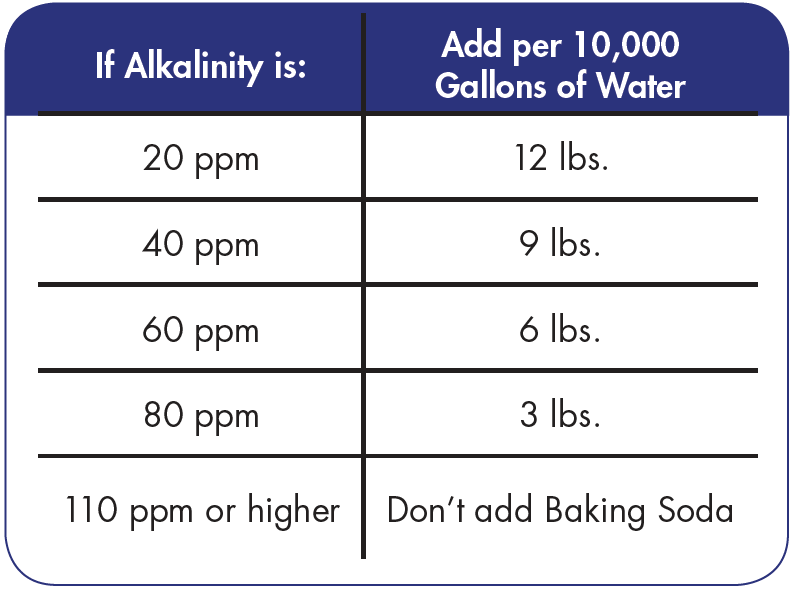Having a pool is a wonderful way to enjoy the outdoors and beat the summer heat. However, maintaining a pool comes with responsibilities, one of which is keeping the water chemistry balanced. One essential product that can help in maintaining the pH balance of your pool is baking soda.
What is Baking Soda and Why Use It in Your Pool?
Baking soda, also known as sodium bicarbonate, is a common household product that has various uses, including baking, cleaning, and yes, even pool maintenance. When it comes to pools, baking soda is used to raise the total alkalinity of the water, which helps stabilize the pH level.

Credit: www.armandhammer.com
Steps to Add Baking Soda to Your Pool:
- Test the Water: Before adding any chemicals to your pool, it’s essential to test the water to determine the current levels of pH, alkalinity, and other parameters.
- Calculate the Amount Needed: Based on the test results, calculate the amount of baking soda required to raise the total alkalinity of your pool water. A general guideline is to add 1.5 pounds of baking soda per 10,000 gallons of water to raise the total alkalinity by 10 ppm.
- Pre-Dissolve the Baking Soda: Fill a clean bucket with some pool water and slowly add the calculated amount of baking soda while stirring continuously to dissolve it completely.
- Spread the Solution: Once the baking soda is fully dissolved, pour the solution around the perimeter of the pool while the filtration system is running to ensure proper distribution.
- Retest and Adjust: After adding the baking soda, wait for a few hours and then retest the water to check if the total alkalinity has reached the desired level. If needed, you can repeat the process until the balance is achieved.
- Regular Maintenance: To maintain the pH and total alkalinity levels of your pool, it’s advisable to test the water regularly and make adjustments as necessary.

Credit: www.wikihow.com
Tips for Adding Baking Soda to Your Pool:
- Always follow the manufacturer’s instructions and safety precautions when handling chemicals.
- Avoid adding large amounts of baking soda at once to prevent sudden fluctuations in water chemistry.
- Keep the pool water circulating for even distribution of the baking soda solution.
- Wait for a few hours before retesting the water after adding baking soda to allow it to fully dissolve and take effect.
- Store baking soda in a cool, dry place away from direct sunlight and moisture to maintain its effectiveness.
Benefits of Using Baking Soda in Your Pool:
Adding baking soda to your pool offers several benefits, including:
- Helps stabilize pH levels: Baking soda acts as a buffer that helps prevent drastic changes in the pH of pool water, ensuring a comfortable and safe swimming environment.
- Improves water clarity: By maintaining the proper alkalinity levels, baking soda can help clarify the water and reduce cloudiness.
- Cost-effective solution: Baking soda is an affordable alternative to commercial alkalinity increasers, making it a budget-friendly option for pool maintenance.
- Eco-friendly choice: Baking soda is non-toxic and environmentally friendly, making it a safe choice for both swimmers and the ecosystem.
Conclusion
Adding baking soda to your pool is a simple yet effective way to maintain the pH balance and total alkalinity of the water, ensuring a clean and safe swimming environment for you and your family. By following the steps outlined above and incorporating regular maintenance practices, you can enjoy a crystal-clear pool all season long.




